Global warming is changing our planet in a multitude of bizarre and terrifying ways. One place where we can see stark and dramatic effects of climate change is the arctic.
A massive fissure in Siberia is dramatically expanding, changing the arctic landscape forever. Satellite images from space have revealed its rapid growth. How might this growing hole affect our Earth?
A Rapidly Expanding Hole
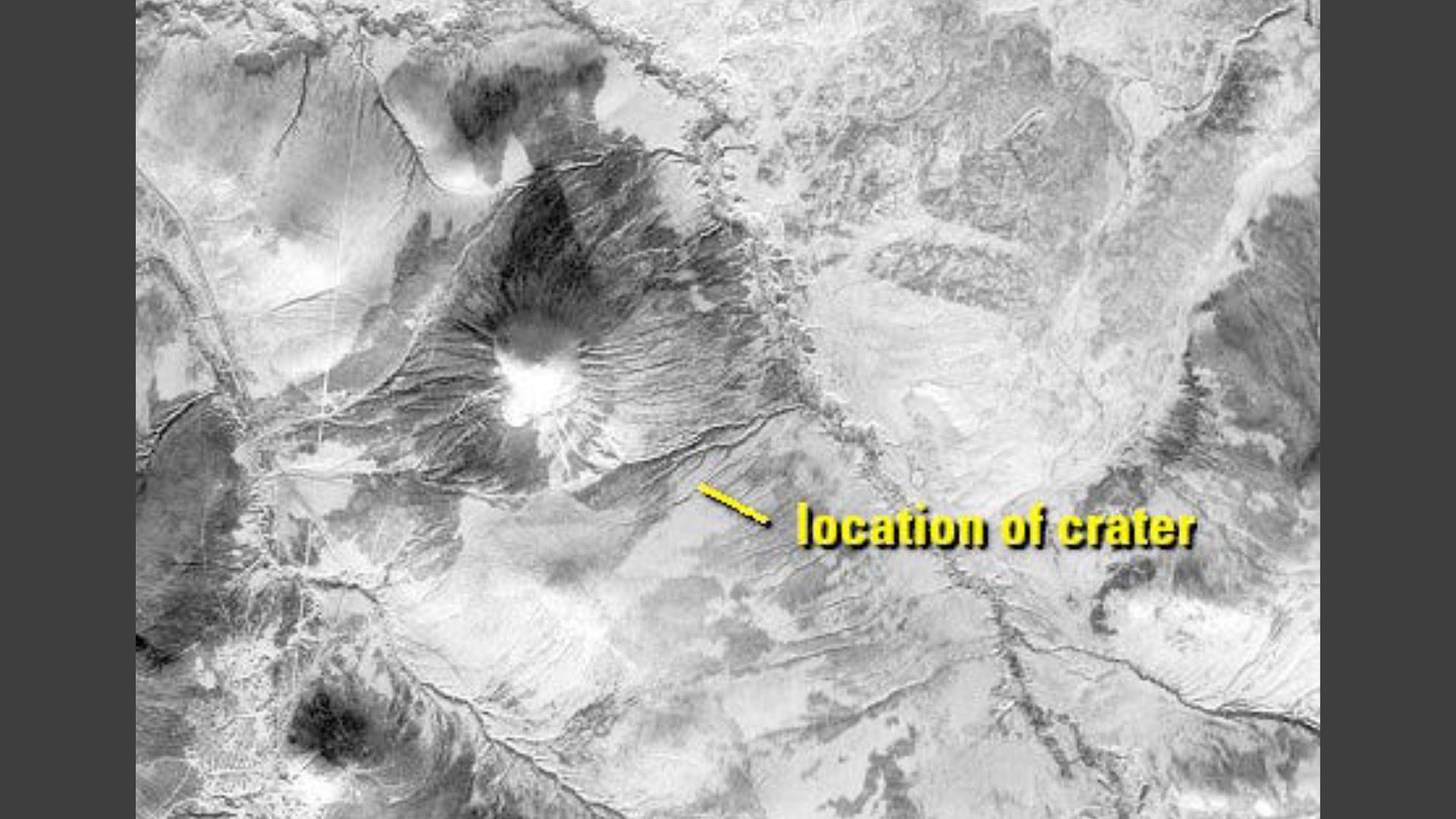
One could describe the same of this Siberian chasm as resembling a stingray, a horseshoe crab, or a giant tadpole. Based on images taken by a satellite in the 1960s, this hole was once a barely-visible sliver in the ground. Now it’s a deep gorge with steep cliffs—and it is clearly visible from space.
According to the US Geological Survey, this hole tripled in size between 1991 and 2018. The Batagay crater—also known as Batagaika or the “gateway to hell”—highlights a broader, often unseen issue that impacts the entire planet.
Melting Permafrost
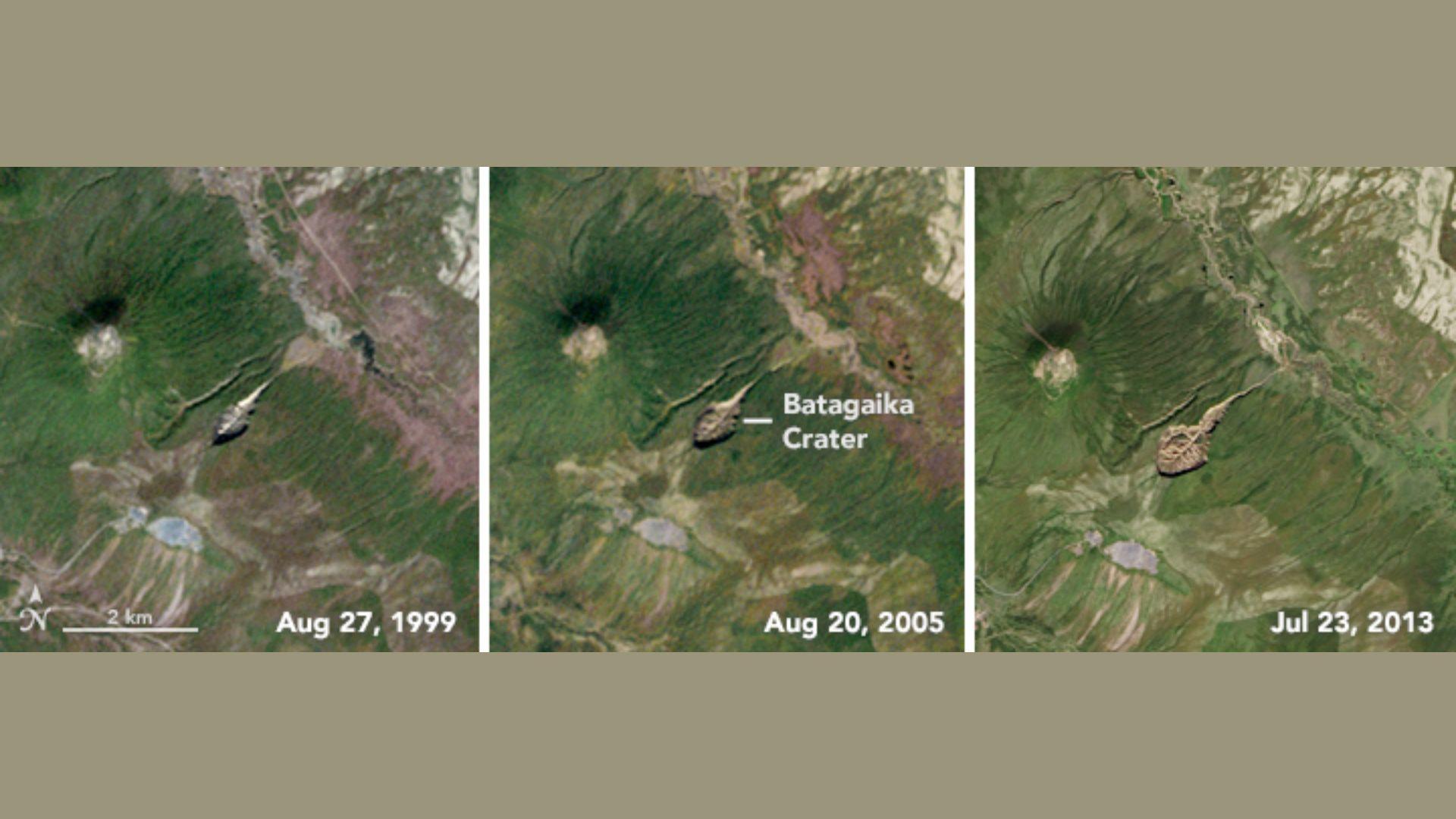
The Arctic is warming at an accelerated rate compared to the rest of the planet, leading to the rapid thawing of permafrost. This thick, once-permanently frozen layer of soil is melting away, revealing the dramatic impact of climate change.
The Batagay crater (which isn’t really a true crater at all) is actually the largest “retrogressive thaw slump” in the world. This formation occurs when thawing permafrost causes the surrounding ground to collapse into a pit, creating a landslide as the edges of the earth slump inward.
The Massive Batagay Megaslump
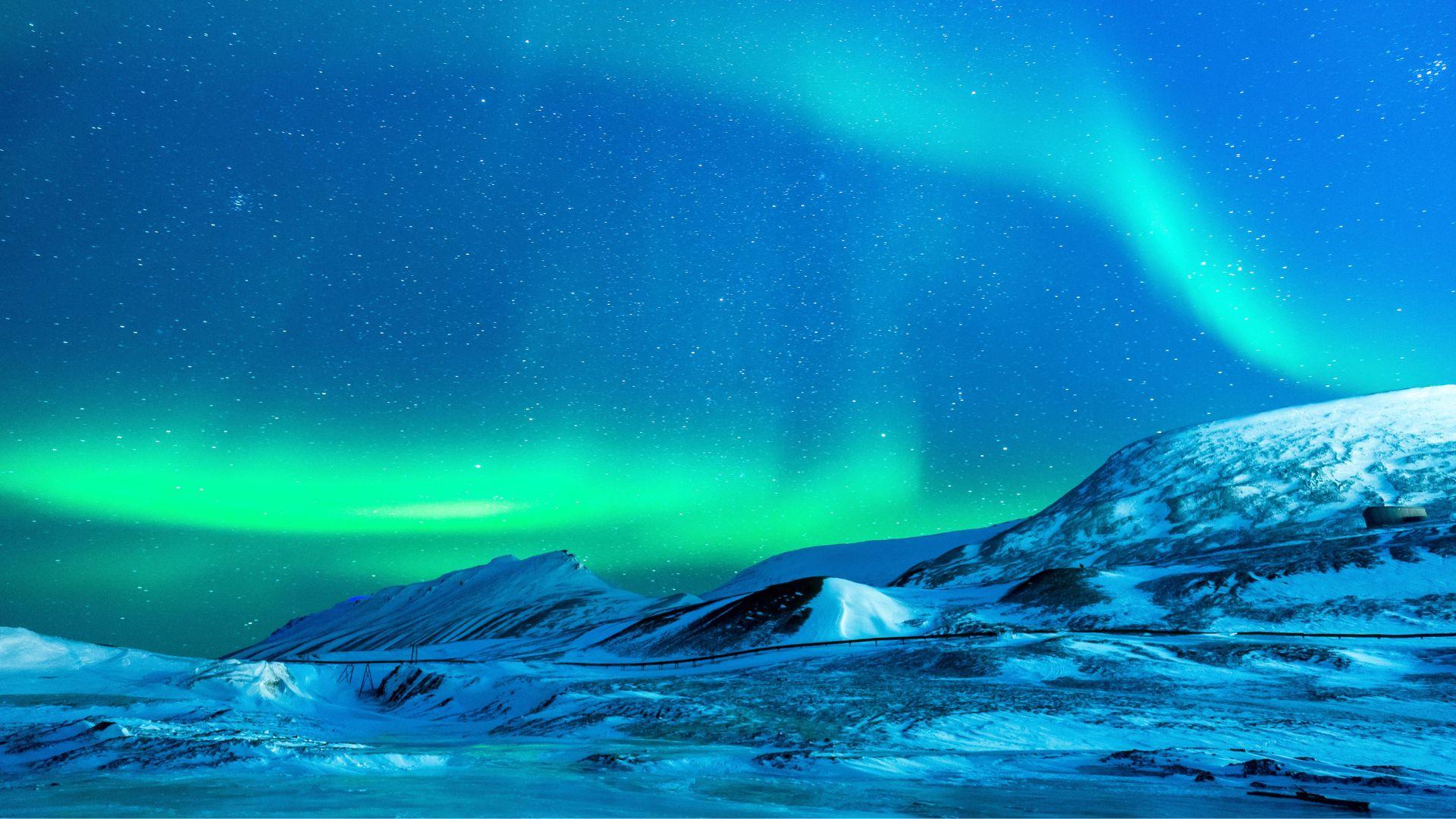
The Arctic is home to thousands of thaw slumps, but the Batagay “crater” stands out due to its massive size, earning it the designation of a megaslump. This impressive geological feature is named after the nearby town of Batagay.
“Permafrost is not the most, let’s say, photogenic of subjects,” Roger Michaelides, a geophysicist at Washington University in St. Louis, explained. “You’re talking mostly about frozen dirt underground, which by definition you often can’t see unless it’s been exposed somehow, like in this megaslump.” This distinction makes the Batagay pit a notable phenomenon in the study of permafrost and a warning of future changes to come.
A Warming Cycle
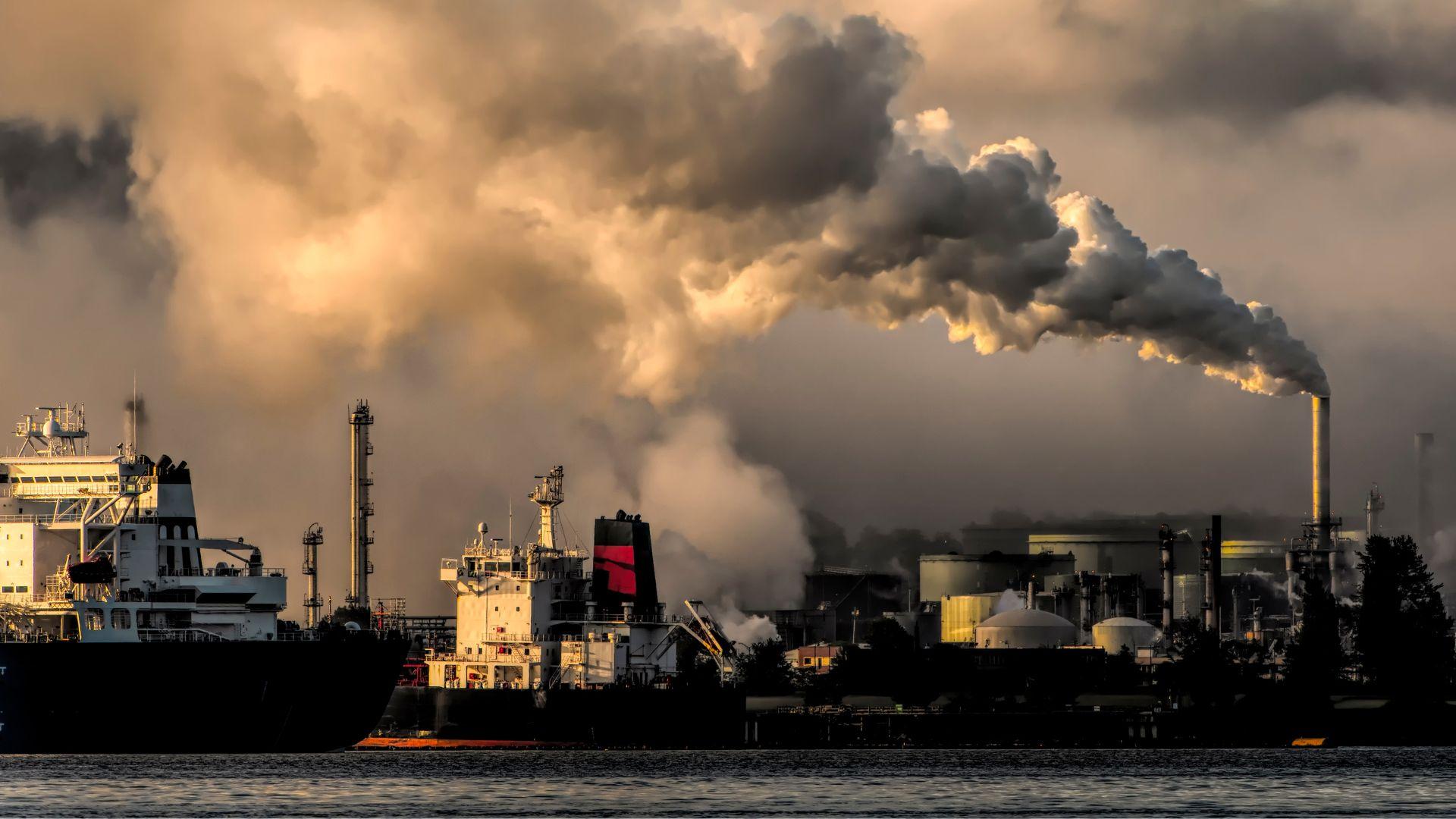
As permafrost melts, it releases long-frozen organic matter, including dead plants and animals, which begins to decompose. This process emits carbon dioxide and methane into the atmosphere.
Methane and carbon dioxide are potent greenhouse gasses that trap heat, contributing to rising global temperatures. In turn, this intensifies the thawing of permafrost, creating a self-reinforcing cycle of warming and decomposition.
Thawing and Releasing Carbon
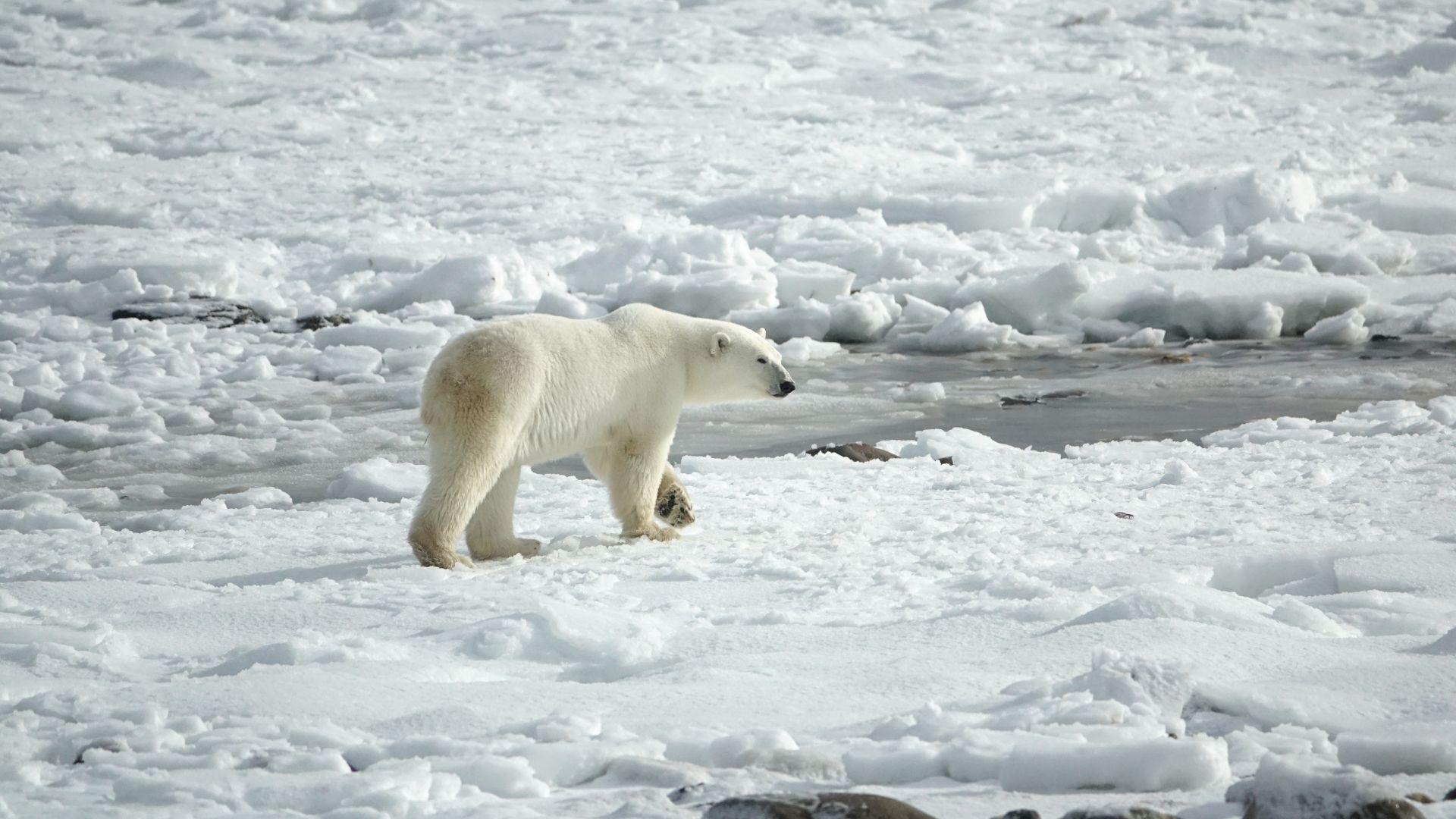
The consequences of this escalating cycle could be severe. Permafrost, which blankets 15% of the land in the Northern Hemisphere, holds twice the amount of carbon present in the atmosphere.
Research suggests that by 2100, the carbon released from thawing permafrost could rival the emissions of a major industrial country. (That is, if current emission levels are not significantly reduced by industries and nations in an attempt to slow global warming.)
Accelerating the Climate Crisis
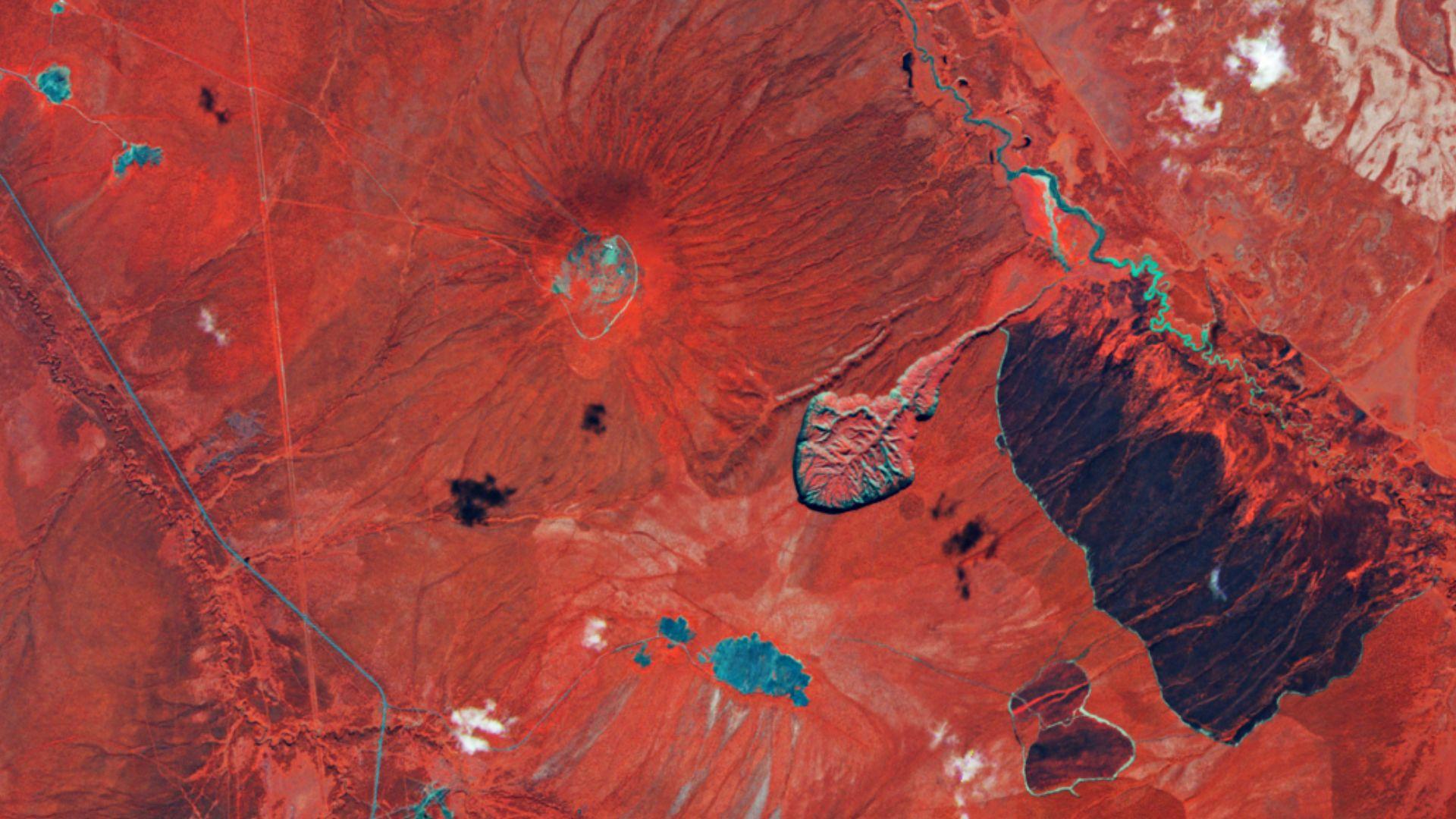
“There’s a lot we don’t know about this feedback loop and how it will play out necessarily, but the potential is there for very large changes to the climate system occurring over very, very fast geologic timescales,” Michaelides explained.
Basically, the thawing of permafrost has the potential to significantly exacerbate the climate crisis. However, the exact dynamics of this process still remain largely unknown. Investigating extreme locations such as the Batagay megaslump can provide scientists with valuable insights into permafrost thaw and offer a glimpse into future climate impacts.
Tracking the Growing Crater
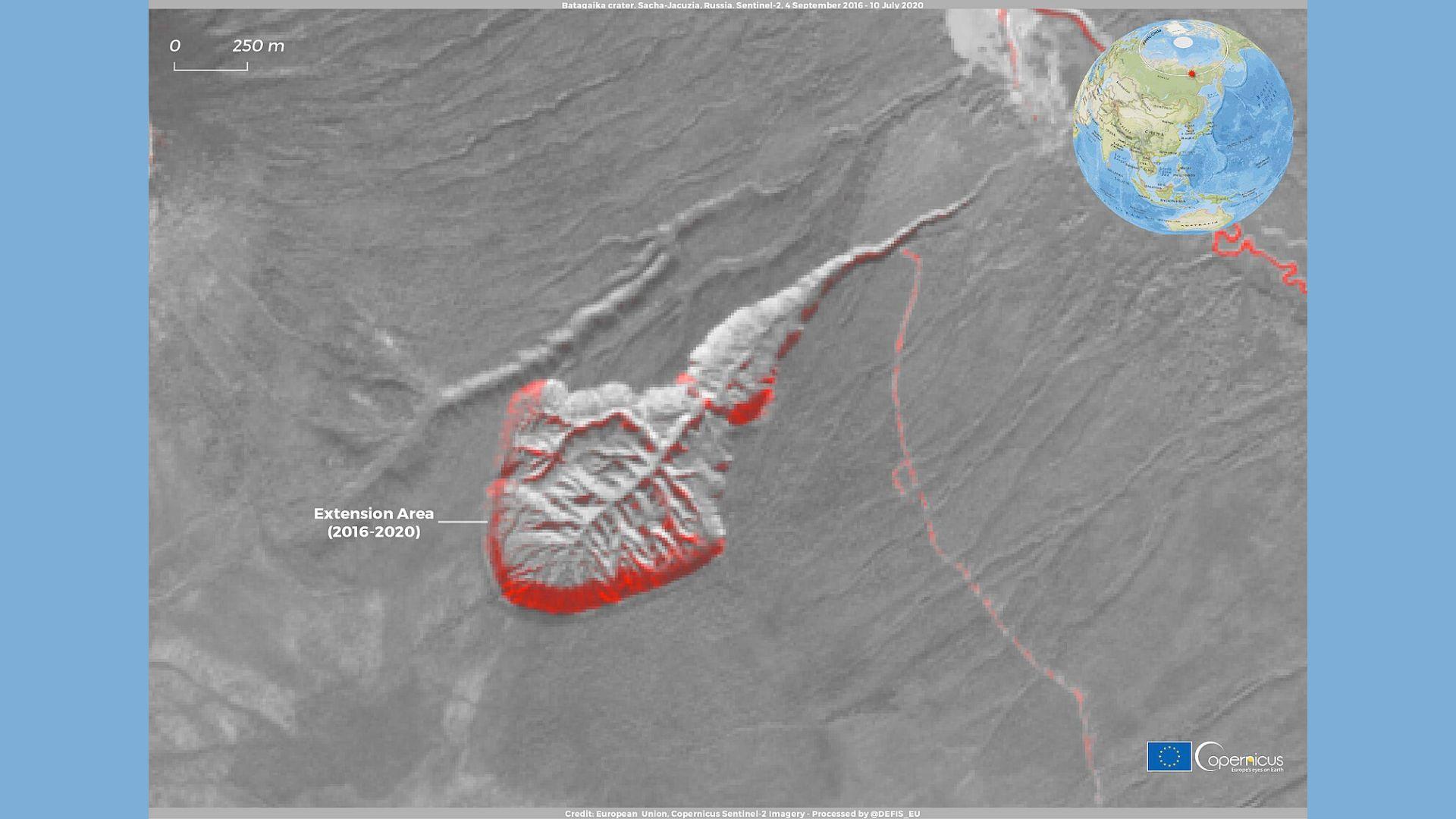
A study, published this past June in the journal Geomorphology, used satellite and drone imagery to create 3D models of the Batagay megaslump and track its growth over time. Researchers discovered that approximately the equivalent of 14 Pyramids of Giza worth of ice and permafrost has melted at Batagay. The volume of the crater expands by roughly 1 million cubic meters annually.
Alexander Kizyakov, the study’s lead author and a scientist at Lomonosov Moscow State University, said, “These values are truly impressive… Our results demonstrate how quickly permafrost degradation occurs.”
Predicting Future Thaw
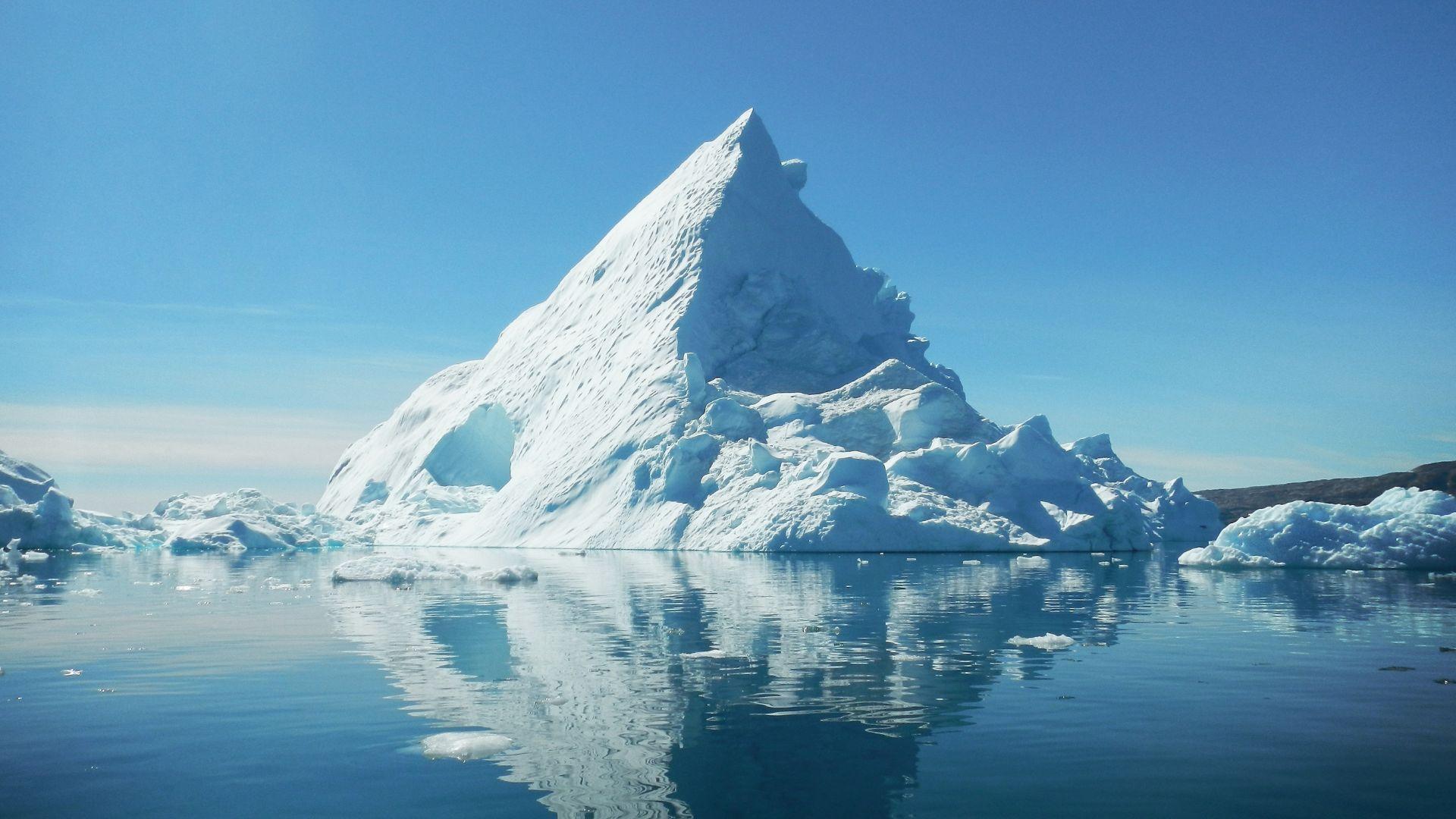
The study also estimated that the megaslump emits between 4,000 and 5,000 tons of carbon annually. This amount roughly corresponds to the yearly energy emissions of 1,700 to 2,100 homes in the US.
While Michaelides wasn’t surprised by these figures, he noted that they are valuable for refining models that predict future permafrost thaw and associated emissions.
Tackling Global Warming
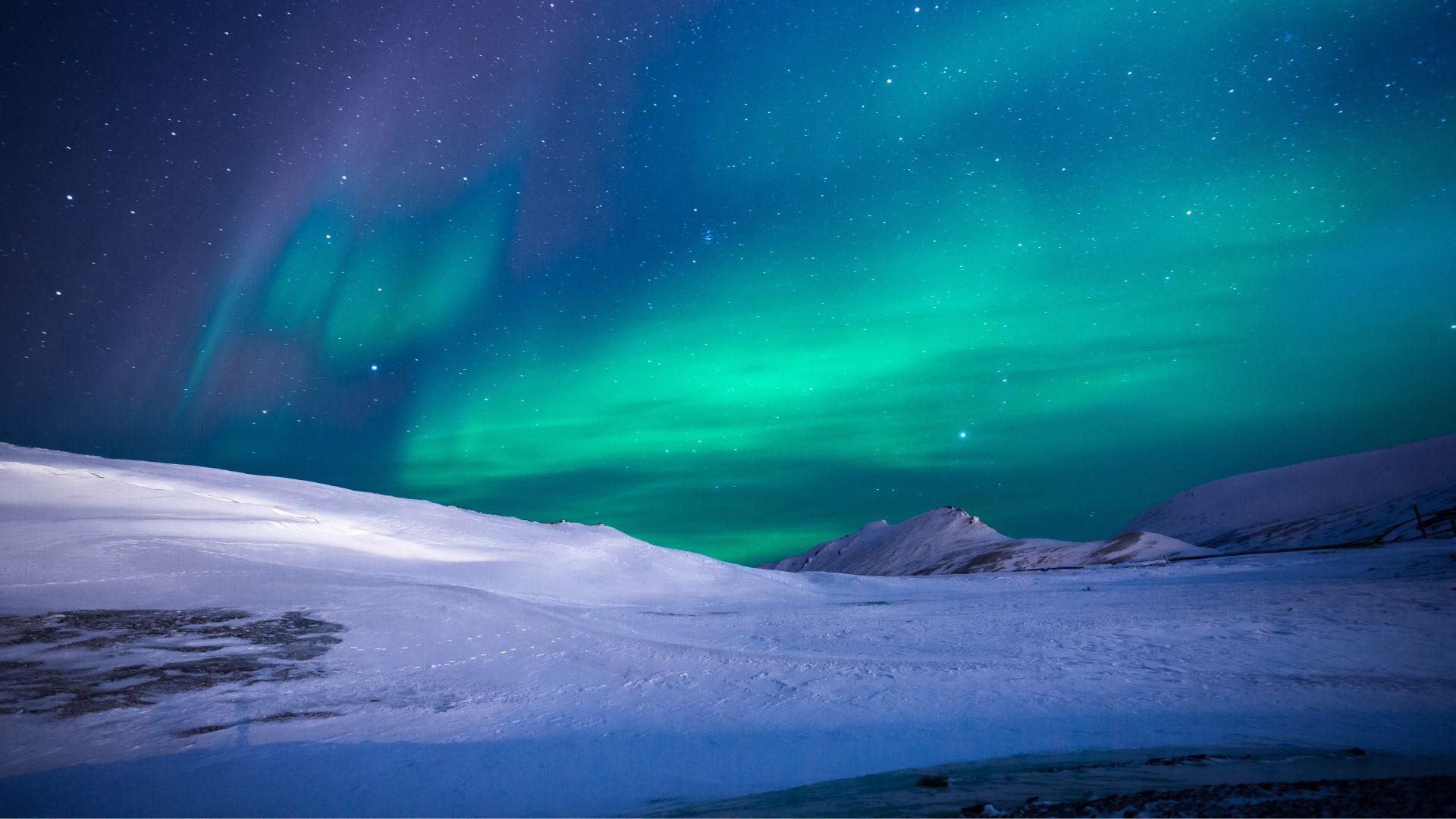
“I think there is a lot we can learn from Batagaika, not only in terms of understanding how Batagaika will evolve with time, but also how similar features might develop and evolve over the Arctic,” Michaelides said. “Even if they’re a tenth or a hundredth the size of Batagaika, the physics is fundamentally the same.”
Climate change is a terrifying phenomenon that will only get worse unless we do something about it. Luckily, by researching our fascinating Earth at sites like the Batagay megaslump, we may be able to figure out the most effective way to save our planet.

